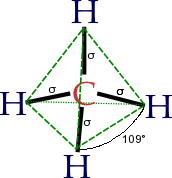
Photo from academic.microsoft.com
The reactivity of organic photoredox catalysts in oxidation reactions is enhanced by the addition of Lewis acids, which bind to the catalyst to increase its oxidizing ability. Redox-inactive metal ions,… Click to show full abstract
The reactivity of organic photoredox catalysts in oxidation reactions is enhanced by the addition of Lewis acids, which bind to the catalyst to increase its oxidizing ability. Redox-inactive metal ions, such as Sc3+, also act as Lewis acids and can bind to flavins to increase their one-electron reduction potentials and photocatalytic stability. The Sc3+ ion can bind to acridine and pyrene to enhance their photoredox catalytic activity in the oxidation of substrates by dioxygen. The binding of Lewis acids to radical anions enhances their overall photocatalytic activity by prohibiting a back electron transfer from the radical anions of substrates to the oxidized photocatalysts. The photocatalytic asymmetric oxidation of terminal olefins by using water as the oxygen source with a mononuclear nonheme chiral manganese complex has been made possible by the addition of acetic acid, which is essential to afford the products with high enantioselectivity.
Journal Title: Asian Journal of Organic Chemistry
Year Published: 2017
Link to full text (if available)
Share on Social Media: Sign Up to like & get
recommendations!